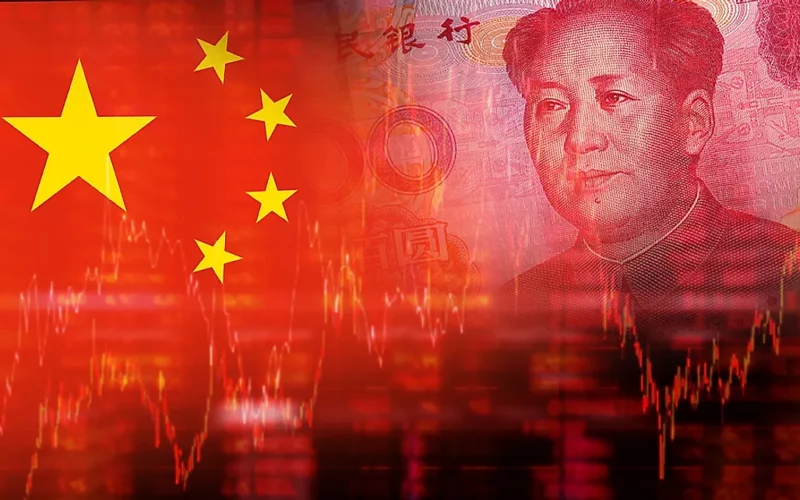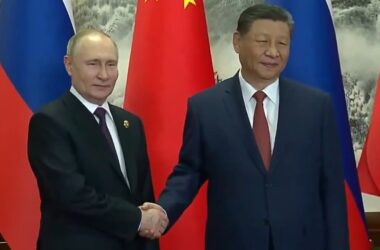A recent report by S&P Global Ratings has shed light on the diminishing effectiveness of China’s fiscal stimulus efforts, suggesting that they are increasingly serving as a means to buy time for broader industrial and consumption policies. Senior analyst Yunbang Xu emphasized in the report that while fiscal stimulus may offer short-term benefits, its long-term impact hinges on targeted projects geared towards revitalizing consumption or facilitating industrial upgrades to enhance value-add.
China has set an ambitious target of approximately 5% GDP growth for the current year, despite skepticism from many analysts regarding the feasibility of achieving this goal given the extent of announced stimulus measures. In March, the head of China’s top economic planning agency outlined plans to reinforce macroeconomic policies and enhance coordination across fiscal, monetary, employment, industrial, and regional domains.
However, the report highlights the challenges posed by high levels of debt, which constrain the capacity of local governments to implement fiscal stimulus initiatives. Regardless of whether a city is classified as a high or low-income region, debt levels relative to GDP vary significantly, ranging from approximately 20% in high-income cities like Shenzhen to as high as 140% in smaller, low-income cities such as Bazhong in southwestern Sichuan province.
Given these fiscal constraints and the waning efficacy of stimulus measures, S&P anticipates that local governments will increasingly prioritize streamlining bureaucratic processes and implementing measures to foster favorable business environments, thereby supporting long-term growth and living standards.
The report also underscores the evolving dynamics within China’s investment landscape, noting a slowdown in the property sector that has dampened the effectiveness of investment initiatives. While fixed asset investment saw a modest uptick in March, driven by increased investment in manufacturing, investment in infrastructure and real estate exhibited signs of deceleration.
In response to these challenges, the Chinese government has unveiled plans to bolster domestic demand through subsidies and incentives aimed at promoting equipment upgrades and facilitating consumer product trade-ins. These measures are expected to inject significant spending into the economy, with annual expenditure on equipment projected to surpass 5 trillion yuan ($704.23 billion).
Moreover, S&P’s analysis indicates that fiscal stimulus efforts have been more pronounced and effective in wealthier cities, attributed to their resilience to property market fluctuations, robust industrial bases, and more resilient consumption patterns during economic downturns.
Looking ahead, Xu emphasized the pivotal role of higher-tech sectors in driving China’s industrial transformation and sustaining long-term economic growth. However, he cautioned that overcapacity in certain sectors could pose near-term challenges, potentially leading to pricing pressures.
In conclusion, while fiscal stimulus remains a key tool in China’s economic toolkit, its efficacy is becoming increasingly contingent on targeted interventions that foster sustainable growth and address structural imbalances across various sectors of the economy.








